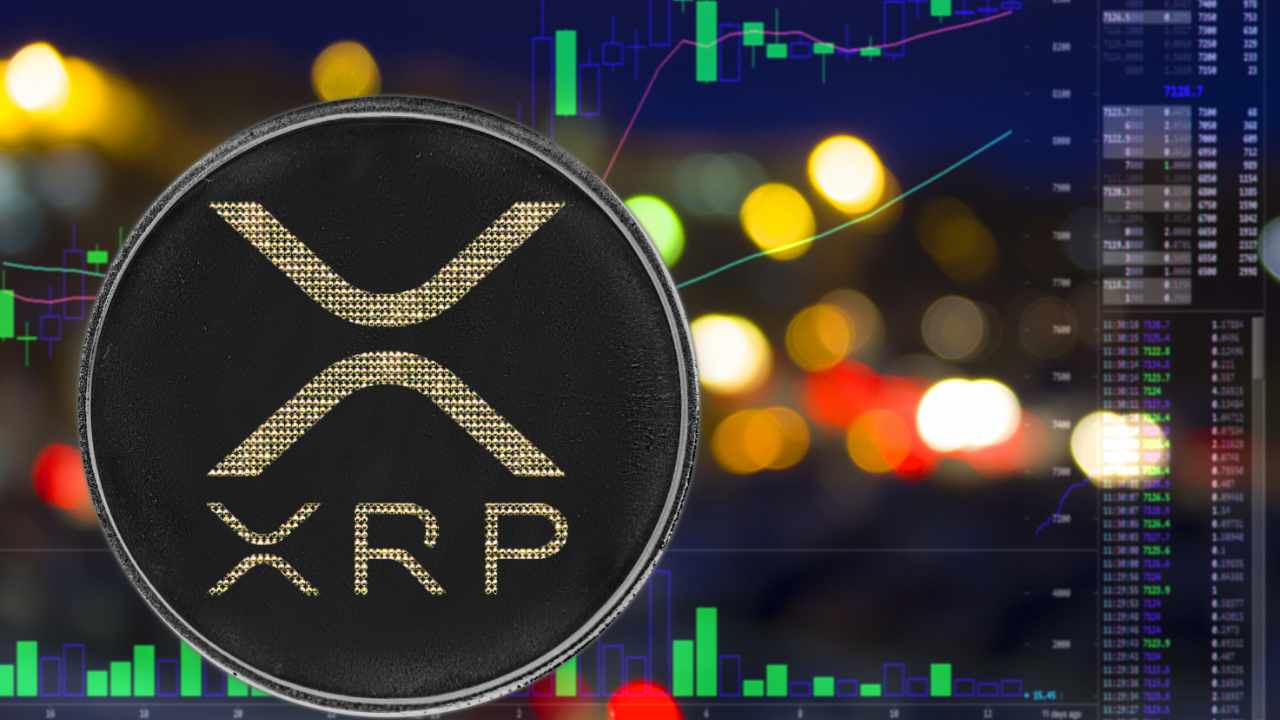The Ripple-SEC legal battle over XRP has been a defining moment in the cryptocurrency industry, shaping regulatory clarity and market sentiment. The case, which began in December 2020, centered on whether XRP, the world’s sixth-largest cryptocurrency by market cap, should be classified as a security under U.S. law. The SEC alleged that Ripple’s sales of XRP constituted unregistered securities offerings, while Ripple argued that XRP did not meet the criteria of the Howey Test, a legal framework used to determine what constitutes a security.
In July 2023, Judge Analisa Torres issued a landmark ruling that provided partial relief to Ripple. She found that institutional sales of XRP by Ripple did violate securities law, as these were considered investment contracts. However, she also ruled that sales of XRP on public exchanges did not constitute securities, as purchasers were not relying on Ripple’s actions to drive profit. This ruling was a significant victory for the crypto industry, as it established that not all crypto tokens are automatically considered securities simply because they are digital assets.
The ruling also highlighted the distinction between institutional and retail trading. Institutional sales, which involve large, direct transactions between Ripple and institutional buyers, were found to be securities. In contrast, retail trading on public exchanges was not considered a security, as buyers were not relying on Ripple’s actions to generate profits. This distinction is crucial for the crypto industry, as it provides a legal framework for how different types of transactions should be treated.
Despite the partial victory, the legal battle is not yet over. In a recent development, Judge Torres rejected a joint settlement motion filed by Ripple and the SEC. The motion sought to lower Ripple’s fine from $125 million to $50 million and dissolve an injunction restricting certain XRP activities. Judge Torres denied the motion on procedural grounds, stating that it did not meet the legal standard to reopen or alter a final judgment. This decision has left the original penalty and restrictions in place, at least temporarily.
Ripple’s reaction to the rejection has been measured. The company has emphasized that the ruling does not change the core legal status of XRP, which remains a non-security in public secondary markets. Ripple’s Chief Legal Officer, Stuart Alderoty, has stated that the company will refile the settlement motion in a manner that complies with judicial procedure. This indicates that Ripple is committed to resolving the case and obtaining finality, even if it means navigating procedural hurdles.
The implications of the Ripple-SEC case extend beyond the immediate parties involved. The ruling has set a precedent for how U.S. law treats crypto tokens, providing clarity for major exchanges, funds, and investors. This clarity is crucial for the industry, as it reduces exposure to unpredictable SEC enforcement and provides a legal framework for token sales and compliance.
For Ripple, the case has been a significant challenge, but also an opportunity to demonstrate the legal viability of XRP. The company has been able to continue its business operations, expand outside the U.S., and highlight the legal clarity surrounding XRP. The case has also underscored the importance of regulatory compliance and the need for clear guidelines in the crypto industry.
The SEC’s stance on crypto regulation has evolved throughout the case. Initially, the commission took a hardline approach, alleging that all XRP sales were securities offerings. However, the court’s ruling has forced the SEC to recognize that not all crypto tokens meet the traditional definition of a security. This shift in stance signals a grudging acceptance that the crypto industry requires a more nuanced regulatory approach.
The market reaction to the legal developments has been volatile. News of the initial victory in July 2023 sent XRP’s price surging, reflecting the market’s desire for regulatory certainty. However, the recent rejection of the joint settlement triggered dips of 5–7%, highlighting the market’s sensitivity to legal uncertainty.
Looking ahead, the Ripple-SEC case is far from over. The parties can refile their settlement motion, this time providing proper justification and complying with Rule 60. Until then, the status quo persists, with XRP mostly free of security-related restrictions on exchanges, but institutional sales still under scrutiny. The outcome of the case will have significant implications for the crypto industry, shaping the regulatory landscape and providing guidance for future token launches and sales.
In conclusion, the Ripple-SEC legal battle has been a defining moment for the crypto industry. The case has provided partial legal clarity, establishing that not all crypto tokens are automatically considered securities. The distinction between institutional and retail trading has been crucial, providing a legal framework for different types of transactions. Despite the procedural setbacks, Ripple remains committed to resolving the case and obtaining finality. The market reaction to the legal developments has been volatile, reflecting the industry’s sensitivity to regulatory uncertainty. The outcome of the case will have significant implications for the crypto industry, shaping the regulatory landscape and providing guidance for future token launches and sales. The Ripple-SEC story is a front-row seat to how digital assets are gaining legal clarity—one ruling at a time.





